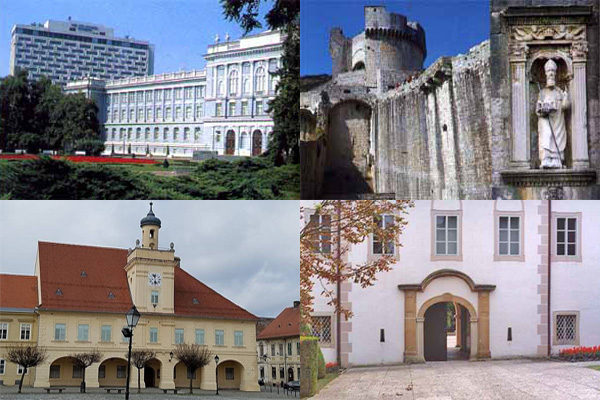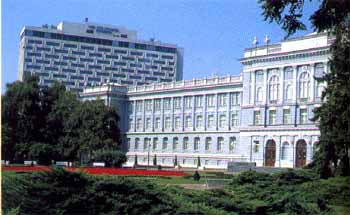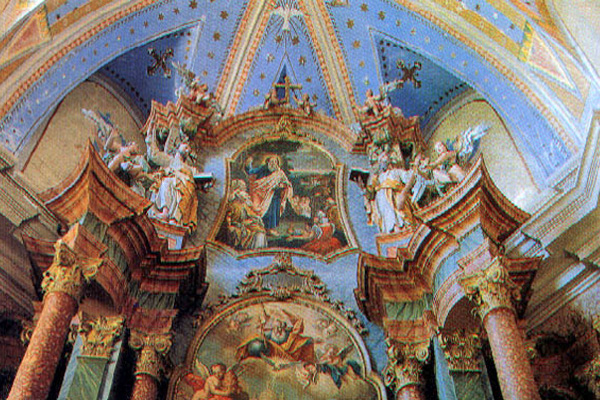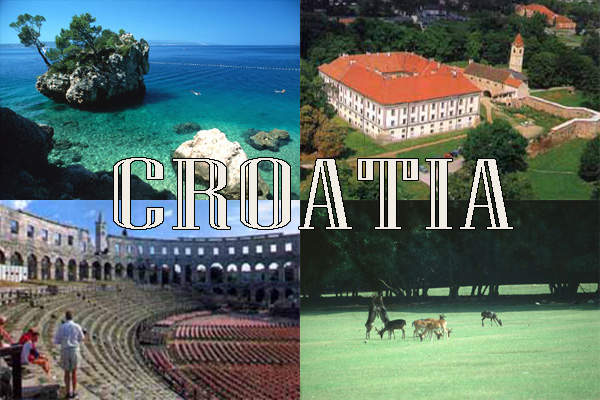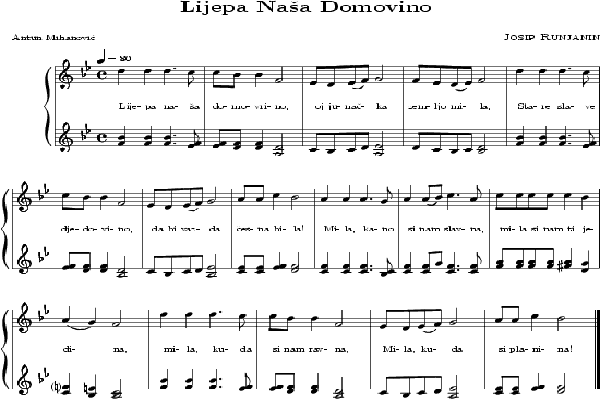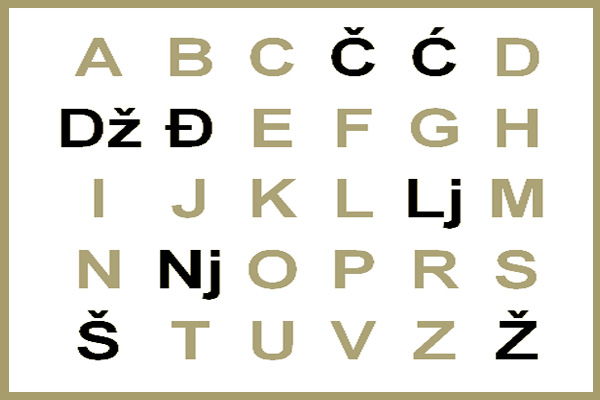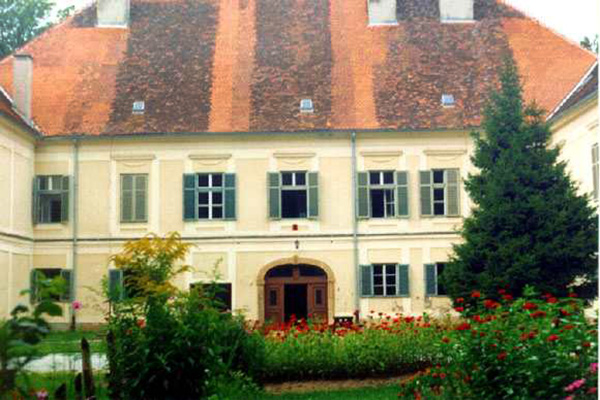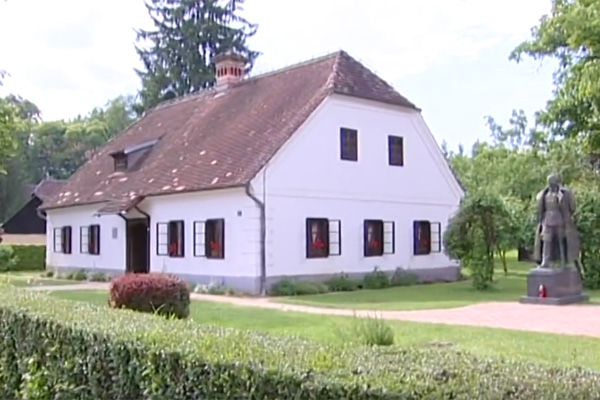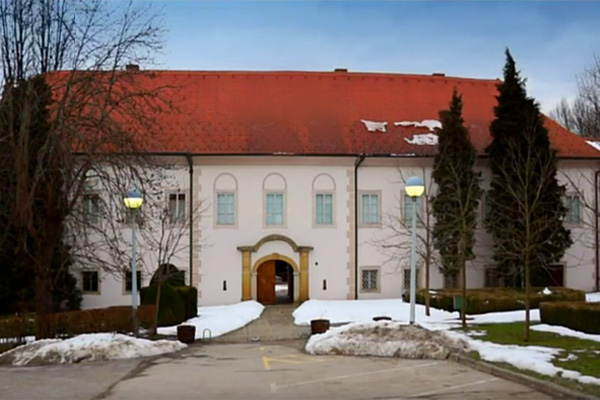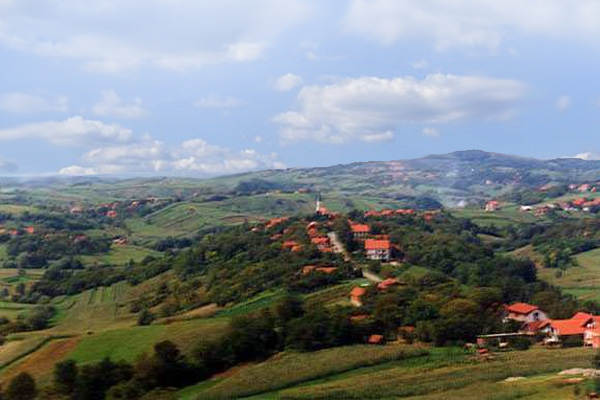Travel Croatia
Croatian History
RomWell Travel Advisory
Croatian Museums & Galleries
The culture of Croatia has roots in a long history: the Croats have been inhabiting the area for thirteen centuries, but there are important remnants of the earlier periods still preserved in the country.
Historical destiny of all beautiful countries has always been a destiny of repeated wars. Through the ages countries and their peoples have been victims of enemy raids and plunders; their goods taken away and their culture ruined. Even so, it seems that the culture of any nation survives with its people. Croatian culture survived and is offered today to visitors for pleasure and delight.
Neanderthal from Krapina - The Krapina proto-human, scientifically known as Homo sapiens neanderthalensis was discovered in 1899, at the time of geological and panteological explorations at the Husnjak hill in Krapina. The archaeological site was protected as the first paleontological monument of nature in the Republic of Croatia (1961), and included in one of the richest Paleolithic habitats of Neanderthal man in Croatia and Europe. Next to the archaeological site is the museum.
Museum Documentation Centre - The first Croatian public museum was established in 1750 in Split. Operating in Croatia today are 194 museums, galleries, museum collections, about seventy church collections as well as a large number of private collections which hold more than five million objects in 1351 different museum collections. There are over 650 professional workers, curators, conservators and restorers who keep, scientifically process and present museum objects. The work of museums and galleries is coordinated by the Museum Documentation Centre, founded in 1955.
Ivan Mestrovic Museums (Muzeji Ivana Meštrovića) - The Ivan Meštrović Museums are dedicated to the preservation, research and promotion of the work and life of famous Croatian and international artist (sculptor, painter, architect and writer) Ivan Meštrović (1883-1962). The constituents of the Museums are located in four locations: his home and studio in Zagreb (The Mestrovic Atelier), the family villa (The Mestrovic Gallery) and renovated Renaissance castello (The Mestrovic's Crikvine - Kastilac) in Split, and in Otavice (The Church of the Most Holy Redeemer), whence his family originated.
Veliki Tabor - Regional Museum of Hrvatsko Zagorje - The fort of Veliki Tabor is one of the most important cultural and historical monuments of secular architecture in continental Croatia, with a unique monumental and authentic fortification structure. Situated at the top of Mount Kosnicki Hum, at 333 meters above sea level, it has dominated the Zagorje area for over half a millennium, during which time the architecture has blended in with nature. The impressive view from Veliki Tabor stretches over the entire Hrvatsko Zagorje area and part of Slovenia. This zero-category monument is one of the most recognizable identities of not only Hrvatsko Zagorje but of Croatia as a whole.
The Old Village Museum Kumrovec (Muzej Staro Selo Kumrovec) is located in Kumrovec, Croatia, and includes 30 or so traditional housing and farm facilities from the late 19th and early 20th century. At the entrance to the Old Village Museum stands the farm of the Broz cooperative family, which includes the birth house of Josip Broz Tito and historic and ethnographic exhibits.
The Strossmayer Gallery of Old Masters (Strossmayerova Galerija Starih Majstora) - The Strossmayer Gallery of Old Masters is located in Zagreb, on the second floor of the palace of the Croatian Academy of Sciences and Arts, and it is one of the oldest museums in Croatia. It was opened to the public on November 9, 1884, in a newly built building, which achieved the ultimate goal of the long-term collecting activity of Bishop Josip Juraj Strossmayer, who from the mid-1860s to the mid-1880s intensively bought works of art in European art markets, with a clear educational vision of establishing a gallery that would improve public taste and encourage the development of local art. The collection of the Strossmayer Gallery consists of several thousand works of art, divided into collections: the Collection of Old Masters, the Maximilian Vanka Memorial Collection, the Legacy of Costa Angela Radovani, the Bela Csikos Sesia Memorial Collection, the Šebalj Collection, the Šulentić Collection, the Uzorinac Collection, and the Strossmayer Gallery. the collection of Marta and Vilim Svečnjak donated to the City of Zagreb. Croatian Academy of Sciences and Arts is the highest scientific and artistic institution in the Republic of Croatia. It develops and promotes scientific activity and artistic creation and is of special national importance.
Zagreb City Museum (Muzej Grada Zagreba) - The permanent exhibition gives a portrait of the city in all of its aspects, showing it in the light of politics, the church, history, economics and business, town-planning and architecture, the history of art and literature, entertainment, and everyday life. The building the Museum occupies was once the Convent of the Poor Clares (1650), and is itself a historical monument of great importance.
The Croatian Museum of Naive Art (Hrvatski Muzej Naivne Umjetnosti) - This is the first museum dedicated to this type of art in the world. It was founded in 1952, after the first generation of Croatian naive artists established themselves and began to achieve significant success. The Naive is a concept just like the concepts of Expressionism, Cubism, Dadaism, Abstractionism, and the Surreal and so on that we use to interrelate some of the separate worlds of modern artistic creativity.
Jasenovac Memorial Area (Spomen Područje Jasenovac) - The Jasenovac Memorial Area, with the Memorial Museum, was founded in 1968 on the initiative of the War Veterans Federation of the Socialist Republic of Croatia, and covered the area of the former Concentration Camp III Ciglana (Brickworks) in Jasenovac (1941-1945), with the aim of preserving the memory of the victims of Fascist terror and of those who fought in the War of National Liberation and who lost their lives in the concentration camps of Jasenovac and Stara Gradiska.
THE MIMARA MUSEUM & GALLERY
The Mimara Museum & Gallery - Zagreb - The museum received its name from the art collector Ante Topic Mimara (1898-1987), who donated his collection to his homeland and the Croatian people. The collection consists of more than 3,750 pieces from various periods and regions. The archaeological section consists of almost 200 pieces dating from prehistoric times, Crete, Greece, Egypt, Etruria, Mesopotamia, Persia, Pre-Columbian America, Rome and early medieval Europe.
Browse Croatian Travel Info
Find out more about Croatia...

